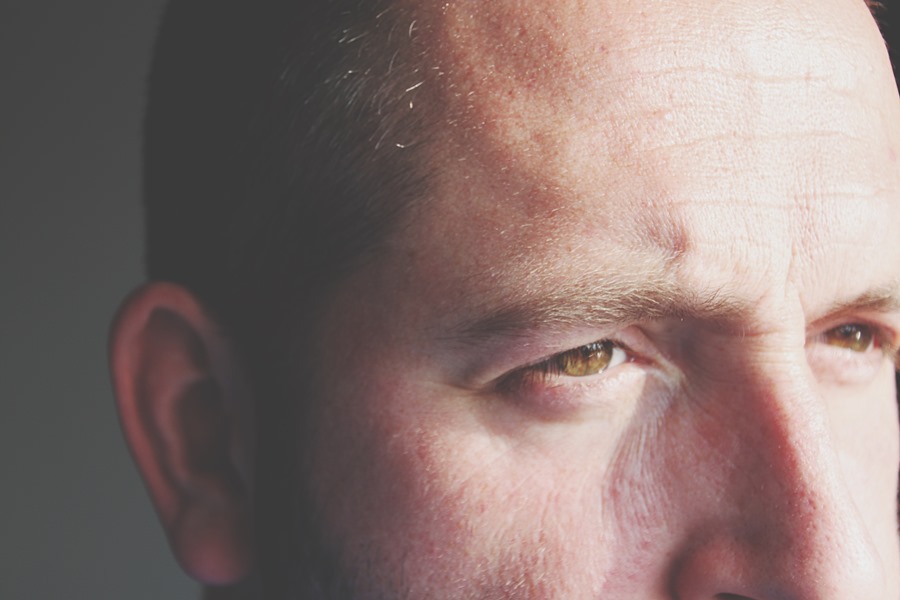Learn how to identify the signs of addiction and how to find help and healing for the physical and emotional impacts.
Individuals who struggle with addiction may exhibit a variety of symptoms – ranging from mental to physical. One physical sign that may manifest from the use of needles or intravenous drug use is track marks – injection site skin damage that indicates prolonged, consistent drug use.
Those who repeatedly inject themselves may begin to experience physical damage to both the surface skin as well as veins and nerves, and may see discoloration, scarring, and more. But not all those who struggle with addiction will exhibit track marks, as not all drugs are administered through injection.
To learn how to help those who may be suffering from addiction, let’s look a bit closer at track marks – what may cause them, the short and long-term effects of injection, and how to find help.
What Are Track Marks?
Medically, track marks are often referred to as “skin puncture marks” or “track lines.” These visible scars or sores on the skin are a sign of repeated injection or puncture wounds, often resulting from consistent drug use with needles.
The name “track marks” refers to the track-like lines that these scars leave on the skin. They can vary in size and scope depending on the size of needle used, the frequency of injection, as well as how the individual reacts to what’s being injected into the body.
Coloring can also range, often appearing in shades of red to purple or dark brown. Like other skin marks and discoloration, the length of time that the track mark has been on the skin will determine the look and feel of the scar. Scabs, bruising, and inflammation may also accompany the track marks, depending on the individual and the severity.
What Causes Track Marks?
Like any other skin damage, needles can cause quite a bit of damage when someone other than a trained phlebotomist injects something into the skin or body. Not only does the trauma from the needle impact the outermost layer of skin, but deeper layers of tissue can be damaged – which can lead to scarring and discoloration that often appear as track marks.
Typically, track marks occur in those who repeatedly inject addictive drugs into their system, such as heroin or methamphetamine. By injecting these chemicals directly into the vein, the individuals seek a faster, more intense high – but they also risk severe skin and tissue damage in the process.
The use of non-sterile needles and other injection equipment can also contribute to skin damage. The risk of infection is high when using unsterile needles, as they can introduce harmful bacteria into the body – which can lead to even more serious conditions if not treated properly.
What Do Track Marks Look Like?
Track marks can look different on the skin depending on the severity and the length of time the skin has been damaged.
Signs of Early Stage Track Marks
Early on, track marks can be hard to notice and distinguish from other skin conditions.
- Small, round puncture marks
- Slight bruising or discoloration
- Minimal scarring
Signs of Track Marks Due To Prolonged Drug Use
Over time, track marks can begin to take on a more severe look and feel – discoloring the skin and leaving lesions or pits. Vein and nerve damage can also occur as needles are used consistently.
- Linear or branching scar patterns
- Significant discoloration (dark or light patches)
- Collapsed or hardened veins
- Raised or sunken scars
What Are Common Track Mark Areas?
While each individual may have a different spots where they prefer to inject themselve, the most common locations to find track marks include the inner (crook) of the elbow, the forearms, hands, legs, and feet. Most often, they occur where veins are most easily accessible for injection.
What Are The Health Risks of Track Marks?
It may seem that track marks only pose a cosmetic risk to the body, but the reality is that they can often come with more serious consequences – particularly when combined with drug use, non-sterile equipment, and other dangerous behaviors:
Immediate Risks
- Individuals may experience infections at injection sites if unsterilized needls are used
- The skin may begin to show abscesses (pockets of pus under the skin)
- Bacterial skin infections can lead to cellulitis
Long-term Risks
- Repeated punctures can lead to collapsed veins
- Collapsed or damaged veins can cause an issue known as chronic venous insufficiency
- The individual may see severe scarring and permanent skin damage
- Use of needles may increase the risk of diseases such as HIV and Hepatitis C
Severe Complications
- Endocarditis (infection of the heart valves)
- Septicemia (blood poisoning)
- Deep vein thrombosis (blood clots in deep veins)
The Emotional Impact of Track Marks
While we’ve looked at the physical impacts of track marks, the mental and emotional toll these injuries can bring are often just a damaging and dangerous.
- Track marks may bring a social stigma: The appearance of track marks may cause others to view an individual as a drug user, impacting relationships, employment, and more.
- Track marks may cause self-esteem issues: Phsyical scars can act as a constant reminder of behaviors or consequences that make it hard to engage in social settings or feel pride in oneself.
- Track marks can increase anxiety and depression: Social stigmas and self-esteem issues can lead to isolation or paranoia, increasing the risk of depression and anxiety in individuals.
- Track marks may be a barrier to getting help: Those struggling with the shame and isolation that accompany track marks may not be willing to take the steps to get the help they need to heal.
These mental, emotional, and physical impacts make it all the more important that we create safe, welcomeing spaces where individuals can find support and resources to overcome addiction.
Treatment and Care
Caring for track marks involves both addressing the physical marks themselves as well as taking steps to treat the addiction that is leading to the use of needles and other damaging substances.
The first step in any treatment for track marks is to speak with a trained addiction recovery expert as well as medical professionals who can provide propccer care for the physical wounds. Cleaning, disinfecting, and treating wounds can help to reduce the scarring of the skin, as well as help prevent further damage.
Various cosmetic treatments are available to help minimize the appearance of track marks – such as laser therapy or chemical peels. But it’s important to remember that addressing the underlying addiction is just as important as repairing the body.
Another key way to help prevent and treat track marks is to use clean, sterile needles and properly dispose of them afterward. Creating safe spaces for individuals to dispose of their used needles can also help reduce the spread of diseases such as HIV or hepatitis.
Where To Find Hope In Addiction
Track marks aren’t just physical scars – they are reminders of the complex challenges that individuals struggling with addiction face every day. Fortunately, understanding the stigma associated with track marks and the potential risks that drug use carries is the first step toward finding actionable help.
If you or someone you know is struggling with addiction, remember that help is available. Recovery is possible, and seeking support is a sign of strength, not weakness. Reach out to healthcare providers, and addiction specialists, or contact national helplines for guidance and support on the path to recovery.
At Genesis House, our team of caring, compassionate professionals are here to help you or someone you love walk through the steps of recovery together. We know that every individual’s journey is unique, and every recovery process is different. But with proper care, support, and the right treatments, addiction can be overcome – and the scars of track marks can go from stigma to phsyical reminders of hope and healing.
Research
- https://www.health.state.mn.us/communities/opioids/basics/intravenous.html
- https://www.cdc.gov/mmwr/volumes/73/wr/mm7306a2.htm
- https://californiaprimerecovery.com/track-marks/
- https://pubmed.ncbi.nlm.nih.gov/15301171/
- https://pubmed.ncbi.nlm.nih.gov/36262590/






